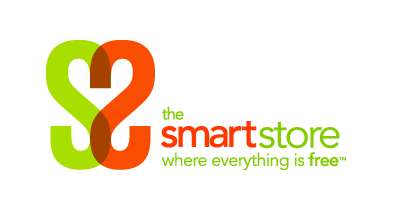Each edition of this publication, PositionistView®, highlights a noteworthy accomplishment or (more often) a stunning positioning "swing-and-a-miss" of a big brand. We choose big brands because they're easily recognizable and relatable. This edition focuses on airport branding and more.
Who among us doesn't think dropping the "steak" in A-1 Steak Sauce is a silly idea? Or like last month, we poked a sharp stick at Purina for allowing Blue Buffalo to run roughshod over its leadership position in pet food. But let's face it, would we do backflips down I-77 to have either as a client? Yep.
So instead, in this edition of PositionistView, let's look a little closer to home at an organization that is really flying high (bad pun) and in doing so, has hit the airport positioning nail right on the head. It's Akron/Canton Airport, CAK for short.
CAK has positioned itself as the preferred airport alternative to Cleveland Hopkins. In fact, its tagline, "a better way to go," says just as much about the competition as it does about itself.
Positioning is a competitor-oriented strategy focused on finding an advantageous differentiation against the competition. And in this case, CAK has fewer daily flights, fewer gates and is serviced disproportionately by the budget carriers. But so what? Have you ever flown from there? It's delightful.
Parking is a breeze, security is brisk, gates are easy to find and flights are rarely delayed. In sum, it's a better experience. Airport positioning at its finest. Key to CAK's success is the perception it's created as a more convenient airport for all northeast Ohioans, not exclusively those south of Cleveland.
The real win for CAK, though, is that its airport positioning strategy has permeated the entire organization. It influences more than marketing decisions and informs all aspects of the airport's operations. CAK has achieved rarified air, in that its position actually matches up with the real experience.
Wanna get away? I do.
Innis Maggiore Case Study

Repositioning the Library in the Internet Age
A funny thing happened on the way to the Internet age. Libraries got left behind. At least in the mind of customers. Some even believe the library is an anachronism, an organization out of place and time. However, today's public libraries, and the Stark County District Library in particular - one of the top 100 libraries in the nation - have adapted, expanding resources far beyond books, encompassing virtually every informational platform. Problem is, no one thinks so. The mismatch between the Library's perception and its reality meant something, or rather somethings, had to be done.
1. Recovering Something Lost.
If you are old enough to remember penny loafers and Spam, you'll recall when the Library was called "The FREE Public Library." Over the years, free, the Library's unique difference got left on the cutting room floor. Consider, Amazon has a whole lotta everything to offer, but only the Library can give something they cannot: a whole lotta free! Putting free back in the positioning was obvious.
2. Adding Something Surprising.
Minds don't change. At least not easily. It takes a jolt, what Marty Neumeier calls a "disorienting idea." Today's Library competes for choice among many other "stores of knowledge" - Amazon, Books-a-Million, Google, and Ancestry.com. Problem is, people don't think of the Library as a "store." The very "librariness" of the Library is the problem. Defining the Library as a store provided the jolt we needed to put the Library in the shoppers' consideration.
3. Reinforcing Something Valuable.
By now, you can see the Library is a store, and a unique kind of store where everything is FREE. But there's more! The Library also has a unique mission - a purposeful reason for being not shared by commercial competitors. It exists solely to make people, and by extension, communities, smarter. Smart is the ultimate benefit the Library offers. Who doesn't value getting smarter? Communicating this value was the final ingredient in the repositioning mix.
Putting it All Together, One, Two, Three...
Something lost (Free) + something surprising (Store) + something valuable (Smart) = a whole new way to think about the Library - "The Smart Store, where everything is free." The new position is more than a slogan. It's a mindset. And, it is helping the Stark County Library to improve both its product and its brand storytelling to engage a new generation of users. It's unlikely smart will ever go out of style. Which gives us confidence that "The Smart Store, where everything is free." (aka the Stark County District Library) is here to stay.




